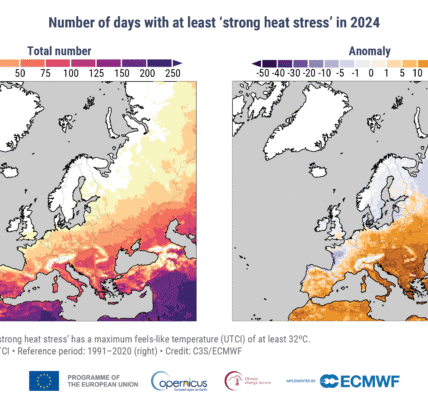Our regular reader(s) may be wondering at this juncture, but that is not a typo in today’s title. For an in depth discussion of how alleged “renowned amateur naturalist and honorary doctor” Chris Packham sensationally rebranded Toby Young’s self identified “skeptical” web site live on air on the BBC’s “Sunday with Laura Kuenssberg” see here.
By way of additional background information see also our in depth investigation of the Daily Sceptic’s Arctic porky pie production line over here.
To the apparent astonishment of the Septic’s alleged “Environment Editor”, Chris Morrison, Reuters Fact Check has now followed in “Snow White’s” dainty footsteps through the as yet unmelted Arctic snow cover:
A headline touting a small increase in Arctic sea ice on a single date after a decades-long decline is being shared online to suggest that climate-change warnings are a hoax.
But the data show that average sea ice cover in the Arctic is still dropping over the long term and scientists say that minor variations on individual days don’t negate that overall downward trend or the contribution of global warming…
Experts say while the quoted figures 20 years apart are accurate, “cherry-picking” individual dates does not provide a meaningful picture of what is happening in the Arctic.
It is more accurate to look at the data over the long term, which shows that the extent of Arctic ice has been declining since satellites began continuously recording in 1979.
“Even if sea ice was partially recovering in the Arctic, which it is not, you cannot deny the other markers of climate change on Earth that are not related to sea ice per se, but are still true,” Gaëlle Veyssière, a sea ice physicist from the British Antarctic Survey, said in a phone interview. “You can’t deny climate change based on a single marker that fits your narrative.”
Citing data from the University of Colorado’s National Snow and Ice Data Center, The Daily Sceptic said there were 13.68 million square kilometres of Arctic ice on Jan. 8, 2024.
That is slightly higher than the 13.64 million sq km recorded on Jan. 8, 2004, which in turn was down from 14.05 million sq km a year earlier.
But ice levels during large parts of February and March 2024 were lower than during the same periods in 2004, Walt Meier, a senior research scientist at NSIDC, told Reuters.
“Comparing two specific days from two specific years is not an indicator for or against long-term changes,” Meier said in an email.
“The sea ice varies from day to day and from year to year.”
Arctic ice levels usually peak in March and reach their lowest levels in September. But weather can be a major driver in causing day-to-day or even annual fluctuations, experts said.
“For example, in 2012, where we saw the record minimum in September, the sea ice extent in March was quite high,” said Veyssière, who is also a research fellow at University College London.“
Then it started melting in spring. But in August there was a cyclone, which moved the ice around, which increased the melting and resulted in the minimum we saw in September.”
Please do read the entire Reuters takedown of the Daily Sceptic’s unscientific Arctic skepticism, but in the meantime here is the very latest update of the NSIDC Arctic sea ice extent metric:

To peruse a wide variety of other Arctic sea ice metrics unavailable via the Daily Sceptic, including Arctic snow cover, please see the latest edition of the Great White Con Arctic sea ice news, and also…
Watch this space!



